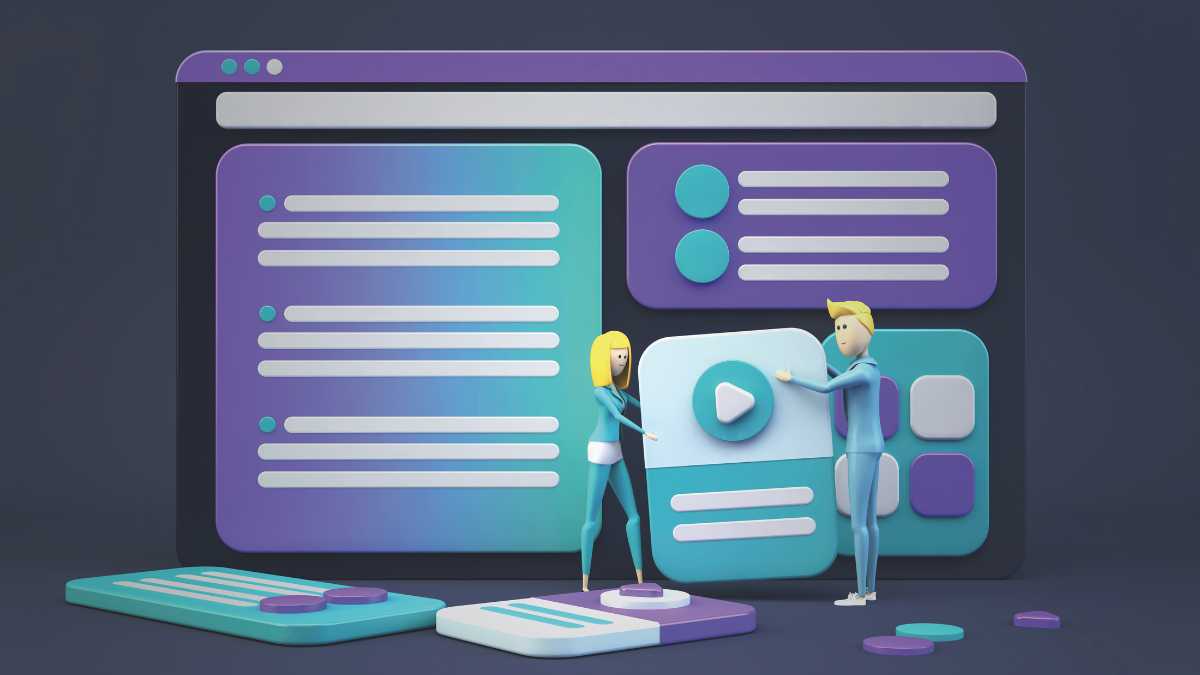
Typography in Augmented Reality: Enhancing User Experience Through Immersive Text
- Post
- August 8, 2023
- Graphic Design, Typography, Web Design
- 0 Comments
In a world where digital experiences are seamlessly integrated with our physical environment, Augmented Reality stands at the forefront of innovation. Typography, as a cornerstone of design and communication, has naturally transitioned into this immersive space. The convergence of these two elements has sparked a new wave of creativity, giving rise to the notion of “immersive text”—text that is not confined to screens but interacts with the real world, enhancing user engagement and interaction.
Typography in Augmented Reality: A Visual Symphony
Typography has always been more than just the arrangement of letters; it’s a form of visual communication that carries emotion and tone. In AR, this concept is amplified. Imagine walking down the street and seeing virtual graffiti spring to life on a wall, or receiving directions projected directly onto the path in front of you. AR typography transforms static text into a dynamic, three-dimensional experience, blurring the line between digital and physical realms.
The Marriage of Form and Function: Typography Design in AR
Typography in Augmented Reality is not confined to a singular style; it spans a spectrum from elegant and minimalistic to bold and vibrant. The three-dimensional nature of AR typography allows designers to play with depth, scale, and perspective. Every curve and contour can be meticulously crafted to evoke a desired emotional response, while maintaining readability and functionality—a perfect harmony of form and function.
Elevating User Engagement: The Psychology of AR Typography
The immersive nature of AR typography taps into the psychology of engagement. Users are naturally drawn to interactive elements, and the combination of textual information with dynamic visual cues creates an experience that is both informative and captivating. The brain is wired to process visual stimuli quickly, and AR typography leverages this innate trait to deliver information with a lasting impact.
Navigating Challenges: Legibility and Context
While the creative possibilities are boundless, AR typography does come with its own set of challenges. Legibility remains a primary concern. Ensuring that text is readable across various lighting conditions, distances, and angles requires careful consideration. Moreover, maintaining context is crucial—text should seamlessly integrate with the user’s environment and not disrupt their natural interaction.
Augmented Reality’s Canvas: Real-World Integration
AR typography capitalizes on the canvas of reality itself. From advertising campaigns that bring storefronts to life to educational apps that overlay explanations on museum exhibits, AR typography’s real-world integration has far-reaching implications. It’s no longer confined to screens; it’s woven into the fabric of our surroundings, leaving an indelible mark on how we perceive information.
Breaking Cultural Barriers: Multilingual Immersion
One of the most exciting aspects of AR typography is its potential to transcend language barriers. Imagine exploring a foreign city and having street signs and menus instantly translated before your eyes. AR typography enables seamless multilingual experiences, fostering global connectivity and understanding.
Final Words
Typography’s journey into the realm of Augmented Reality is more than just a technological evolution—it’s a creative renaissance. The fusion of typography and AR redefines how we interact with information and offers endless possibilities for enhancing user experiences. From visually stunning designs that evoke emotions to practical applications that guide us through the world, immersive text in AR is a testament to human innovation at its finest.
Commonly Asked Questions
Q1: How does AR typography handle different lighting conditions?
A1: AR typography adapts to various lighting conditions by adjusting contrast, brightness, and color to ensure optimal readability.
Q2: Can AR typography be personalized for individual users?
A2: Absolutely! AR typography can be tailored based on user preferences, creating a more personalized and engaging experience.
Q3: What role does user interaction play in AR typography?
A3: User interaction is key in AR typography. Users can manipulate, resize, and even customize text, making the experience truly immersive.
Q4: Is AR typography only limited to visual aesthetics?
A4: No, AR typography extends beyond aesthetics. It’s a versatile tool that can convey information, evoke emotions, and enhance communication.
Q5: How will AR typography impact education?
A5: AR typography has the potential to revolutionize education by offering interactive and engaging learning experiences, making complex subjects more accessible.




